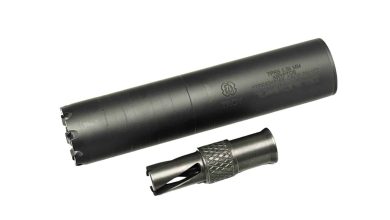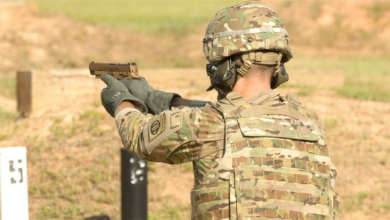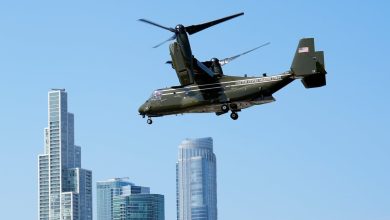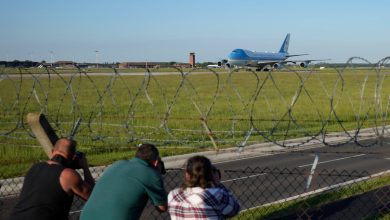Warfighting, quality of life prioritized in USMC commandant guidance
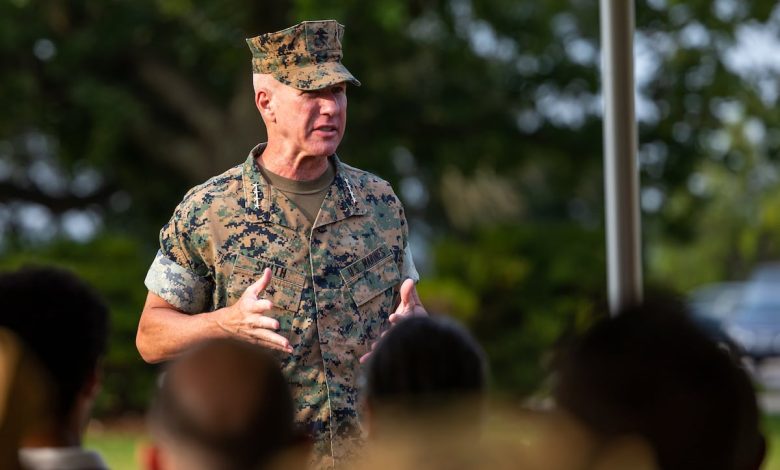
A year into his tenure as the top Marine, Commandant Gen. Eric Smith has released his planning guidance to the Corps.
The last commandant’s planning guidance, issued in 2019 when Gen. David Berger assumed the post, ushered in dramatic changes to the service, including shedding tanks, reducing conventional artillery, restructuring infantry battalions and the creation of a new type of regiment.
Such documents are used by the top Marine to outline his priorities for the force in a variety of areas and set a tone with leadership for those priorities, and Smith’s 24-page iteration continues the changes begun under Berger.
The general still wants Marines to balance crisis response missions with modernization, integrate with the Navy, improve quality of life, help recruit and retain other Marines and better use the Marine Reserve.
Smith also sees Force Design, which was the overarching plan to transform the Corps for modern combat under Berger, as the way to position the service to compete with China, Russia and other threats.
RELATED
“I remain confident that we are on the right track as a service. Force Design remains a righteous journey, and we are in perhaps the most difficult phase — implementation,” Smith wrote.
Force Design has had its critics. More than a dozen retired generals and senior officers have written opinion pieces and openly criticized the changes started by Berger, which they say have made the Corps less combat ready.
Still, Smith remains steadfast to the plan in his guidance.
“Accepting near-term risk for long-term gain has, and always will be, the essence of Force Design,” he wrote.
The service’s prioritization of its three Marine Expeditionary Forces, or MEFs, remains unchanged.
The East Coast-based II MEF will remain as a “force-in-readiness” for crisis response and continue to organize in battalion or regimental-sized elements.
The West Coast-based I MEF “remains our globally deployable MEF,” Smith wrote. The MEF’s focus will continue to be the Pacific region.
And the Okinawa, Japan, based III MEF will stay leading the Corps’ ongoing deterrence against the Chinese military.
Within those MEF commitments, Smith wants a “continuous” Marine Expeditionary Unit, or MEU, presence, requiring “heel-to-toe deployments”, with one MEU each out of both I MEF and II MEF and the forward deployed 31st MEU in Okinawa being drawn out of forces deployed already to that region.
Smith also focused on quality of life in his guidance, noting the Barracks 2030 plan, which launched this year following a top-to-bottom inspection of all barracks in the Marine Corps.
Marine Corps Times reported in April that an estimated 87,000 Marines live in barracks and approximately 83% of those facilities are in “pretty good shape,” said Lt. Gen. Edward Banta, deputy commandant for installations and logistics.
The Marines have averaged more than $200 million in annual spending on barracks restoration and modernization in recent years, Marine Corps Times reported. The service renovated 30 barracks buildings in fiscal years 2022 and 2023 and received funding for renovations on 13 additional buildings in fiscal 2024.
But the backlog goes back years, and in his guidance, Smith asked Marines for patience, and help.
“I need all Marines to understand that this project will take time. Many of us will not see the completion of this task during our careers,” he wrote. “But I am committed to getting our junior Marines quick wins wherever possible – and if you have a good idea that can have a quick, low-cost and substantial effect on the morale or performance of your unit, I want to hear from you.”
Todd South has written about crime, courts, government and the military for multiple publications since 2004 and was named a 2014 Pulitzer finalist for a co-written project on witness intimidation. Todd is a Marine veteran of the Iraq War.
Read the full article here


